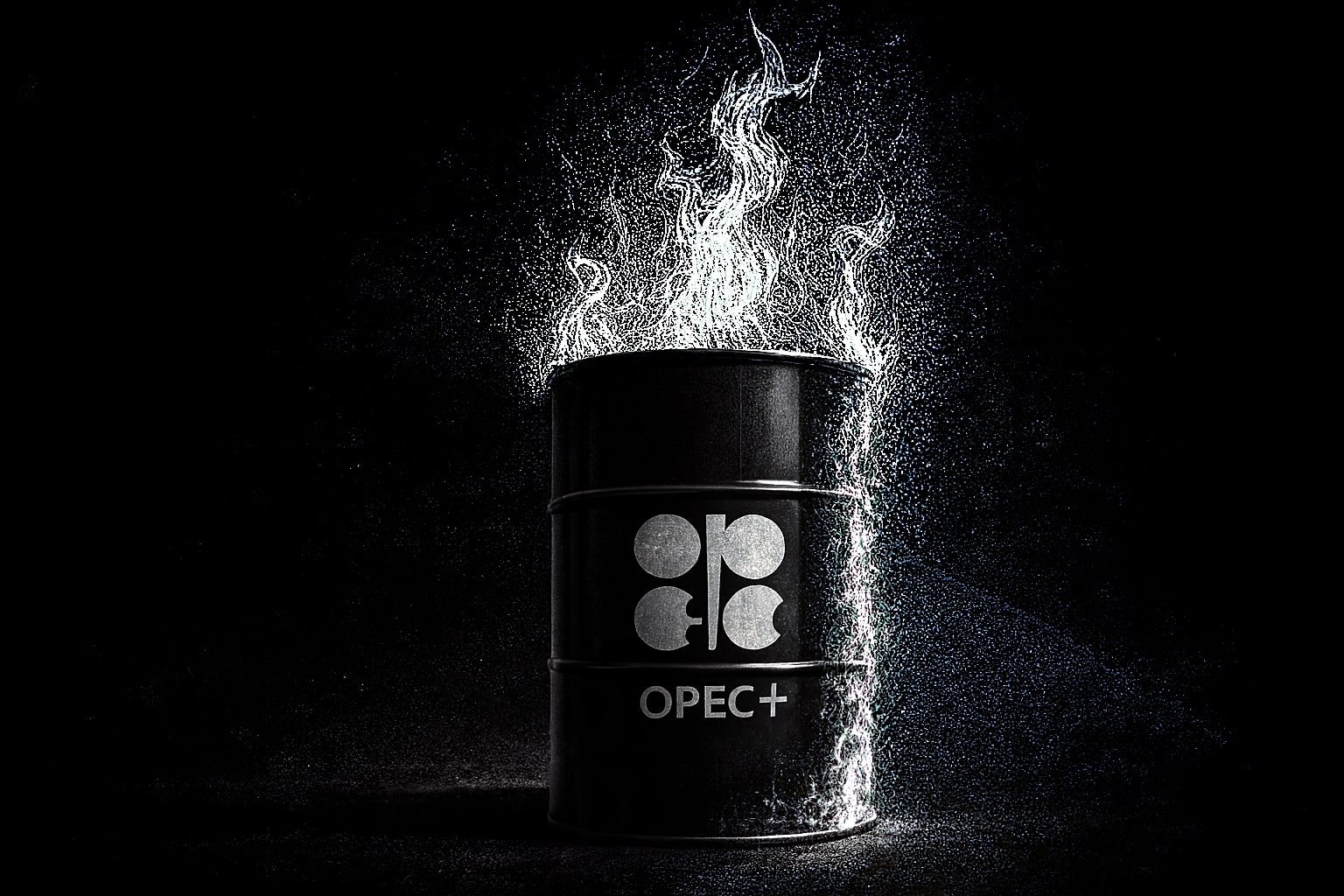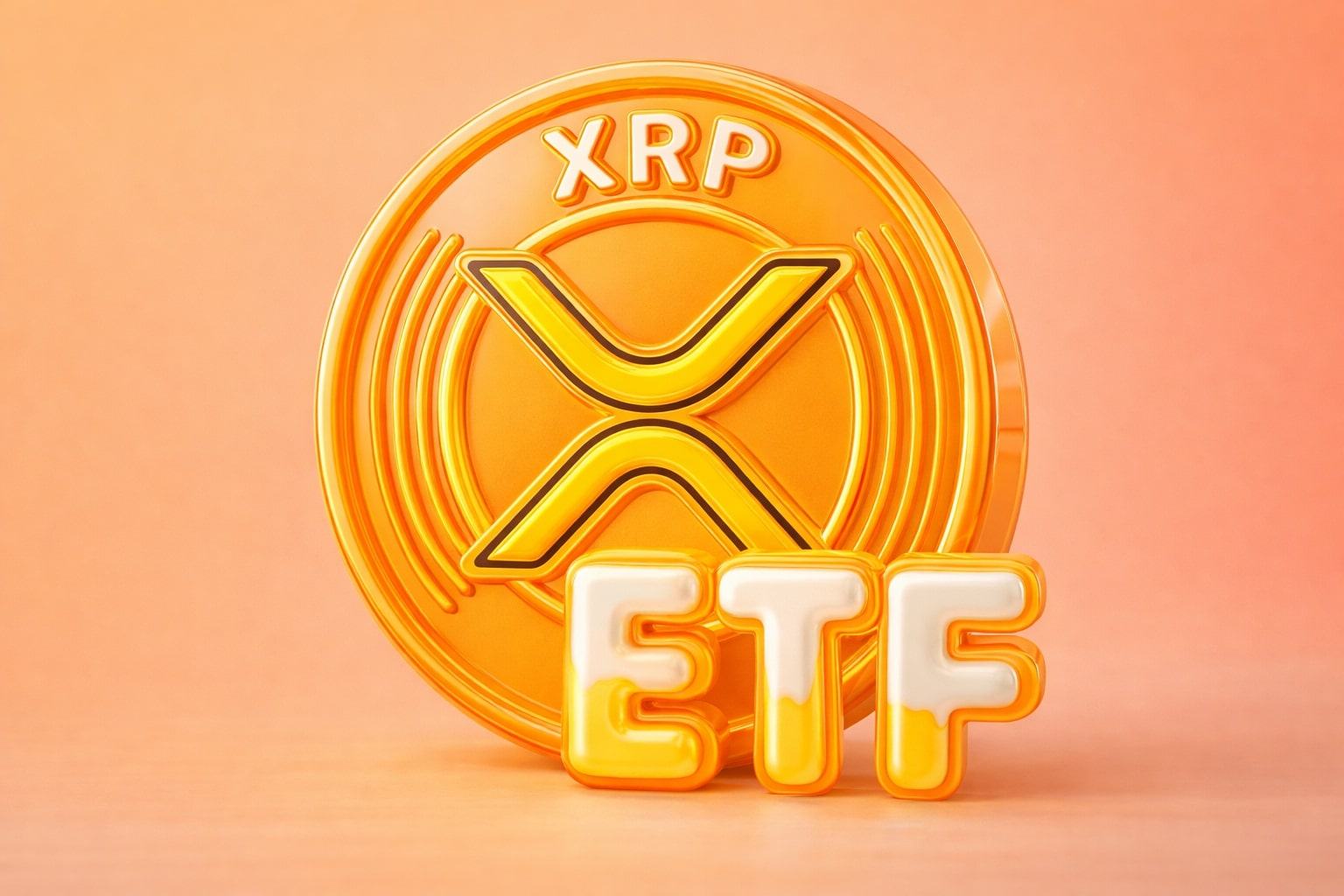
Oil Price Plunge: Is $60 the New Floor Before The Surge?
As Brent trades near $64 and WTI sits at $61, could OPEC+ output hikes and Russian oil sanctions break support? Will crude rebound, or is a deeper selloff inevitable for CL=F and BZ=F? | That's TradingNEWS
Oil price volatility intensifies as OPEC+ ramps output and Russian sanctions tighten
The oil market has turned sharply lower as global supply dynamics collide with unprecedented geopolitical pressure. Brent crude (BZ=F) is now pinned near $64.60, while WTI (CL=F) slumped to $61.30, with traders digesting signals of a major supply boost from OPEC+ just as Russian oil faces calls for stricter sanctions and price caps. Brent has fallen to within a few dollars of the $60 cap set for Russian seaborne oil, which has been the main economic lever wielded by the EU and UK since December 2022. The G7 coalition is now debating lowering this price ceiling even further, with reports of $50 being floated to intensify pressure on Moscow’s revenues, just as Russian crude is already trading between $55 and $59.
Sanctions, shadow fleets, and Russian resilience
Political tension remains at fever pitch, with the EU entering an 18th round of sanctions and urging G7 unanimity to crack down on Russian flows. The sanctions coalition is targeting the shadow fleet that moves Russian oil with falsified attestation documents—over 700 tankers are now sanctioned, yet enforcement lags as G7 insurers still cover more mainstream cargoes. Analysts at the Kyiv School of Economics argue that with Russia’s energy revenues exposed by the recent plunge in oil prices, this is the window to inflict real economic pain. But US hesitation on further action remains a stumbling block. Meanwhile, Moscow continues to maneuver: President Putin, facing sharply reduced crude receipts, leans on alternative export channels and discount deals with Asian refiners.
OPEC+ production hikes and Saudi refining strategy
The oil price slide is being accelerated by reports that OPEC+ is preparing for a third consecutive production hike in July, potentially adding another 411,000 barrels per day. ING and Dutch bank analysts highlight how this coordinated supply boost will keep global markets well supplied, weighing further on prices. OPEC+’s shift is partly strategic: Saudi Arabia, the world’s top exporter, has shifted more of its 3.33 million barrels per day of domestic refinery capacity to offset the revenue shortfall from lower export prices. With exports dropping to 5.75 million barrels per day in March, Saudi refineries processed a record 2.94 million barrels, a 12% jump that helps cushion budget pressures. Refining margins remain resilient, with Singapore benchmarks still near $8 a barrel, as lower feedstock prices combine with robust seasonal fuel demand from June through September.
Brent and WTI facing fiscal and technical pressure
Despite pressure on crude benchmarks, the International Monetary Fund calculates that Riyadh still needs Brent above $90 to balance its national budget. The current $64–65 trading band will keep Saudi fiscal policy under strain, and the pain could deepen if OPEC+ accelerates production or if sanctions on Russia are enforced more rigorously. American shale producers are also feeling the squeeze, with WTI prices at or below breakeven for new wells. U.S. drilling activity is slowing as a result, and the latest output data confirms a pullback, though Washington continues to demand tariff cuts from the EU as it navigates election-year pressures.
Iranian supply risks and the nuclear deal wildcard
Meanwhile, Iranian crude remains a wild card. As nuclear negotiations stall, Tehran insists it can survive ongoing U.S. sanctions, but any deal lifting restrictions could unleash a fresh wave of Iranian supply, further flooding the market and capping any rebound in oil prices.
Technical levels and market outlook for WTI (CL=F) and Brent (BZ=F)
Technically, WTI is holding $61.30, with short-term support at $60 and heavy resistance near $65. Should the $60 floor break, the double bottom at $55 looms as the next critical support. Brent remains stuck in a choppy range between $60 and $68, with a break above $68 needed to ignite any real upside momentum. Chart structures hint at ongoing consolidation, and while the seasonal uptick in demand could provide a lifeline, the market lacks a clear catalyst for a sustained rally.
Market sentiment: bearish bias as OPEC+ meeting looms
The entire crude complex is now caught in a perfect storm of oversupply, tepid demand, and headline risk from every major geopolitical theater. OPEC+ must decide this Sunday whether to further escalate production, a move that could lock prices in their current low band for months. With Russia under economic siege and Saudi Arabia forced to optimize refining and export strategies, the outlook for WTI (CL=F) and Brent (BZ=F) is fraught with volatility. The market is currently tilting bearish, but the next move from OPEC+ and the G7’s enforcement of Russian oil sanctions could set the stage for the next major price shock. At these levels, risk is skewed to further downside unless a geopolitical or supply disruption intervenes. For now, oil is a hold with a distinctly bearish bias unless OPEC+ surprises with unexpected restraint or global demand picks up beyond current muted expectations.
That's TradingNEWS
Read More
-
SMH ETF: NASDAQ:SMH Hovering at $350 With AI, NVDA and CHIPS Act Fueling the Next Move
16.12.2025 · TradingNEWS ArchiveStocks
-
XRP ETFs XRPI and XRPR: Can $1B Inflows Lift XRP-USD From $1.93 Back Toward $3.66?
16.12.2025 · TradingNEWS ArchiveCrypto
-
Natural Gas Price Forecast: NG=F Falls to $3.80–$3.94 as Warm Winter Kills $5.50 Spike
16.12.2025 · TradingNEWS ArchiveCommodities
-
USD/JPY Price Forecast - USDJPY=X Slides, BoJ 0.50% Hike, Fed Cut and NFP Set the Next Big Move
16.12.2025 · TradingNEWS ArchiveForex



















